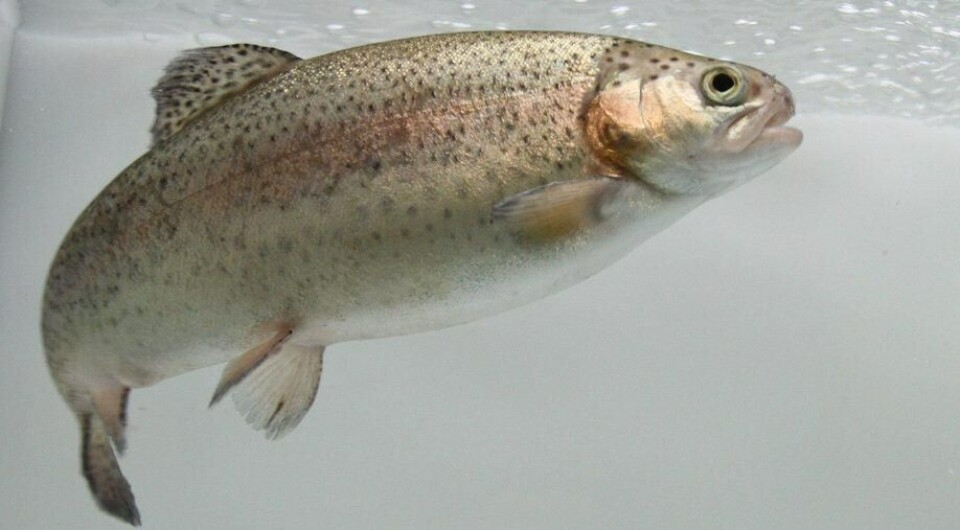
DNA sequences explain trout disease resistance
A group of French researchers has probably found out why some rainbow trout are resistant to the disease-causing freshwater bacterium Flavobacterium psychrophilum, a bacterium that can cause major economic losses to breeders.
The researchers belonging to the University of Paris-Scalay have mapped the genes of rainbow trout that are resistant to the bacterium and identified and described several new DNA sequences called QTLs (quantitative trait loci) that can explain resistance.
The study can explain why between 1 - 4% of the rainbow trout have resistance to flavobacteriosis and was carried out after an outbreak that affected 2,000 rainbow trout.
Natural outbreak
During the outbreak, mortality increased up to day 60 and fish surviving after this were considered resistant. Fish that died between day five and day 60 were considered susceptible to the disease.
The researchers point out in their article that they are the first to use “a set of 57,000 SNPs (single nucleotide polymorphisms) to study the genetic architecture of resistance of F. Psychrophilum after a natural outbreak”. Furthermore, the researchers say that two of the newly discovered QTL sequences can be related to mechanisms that are naturally activated when a pathogen enters the fish.
Read the summary of their paper here.























































